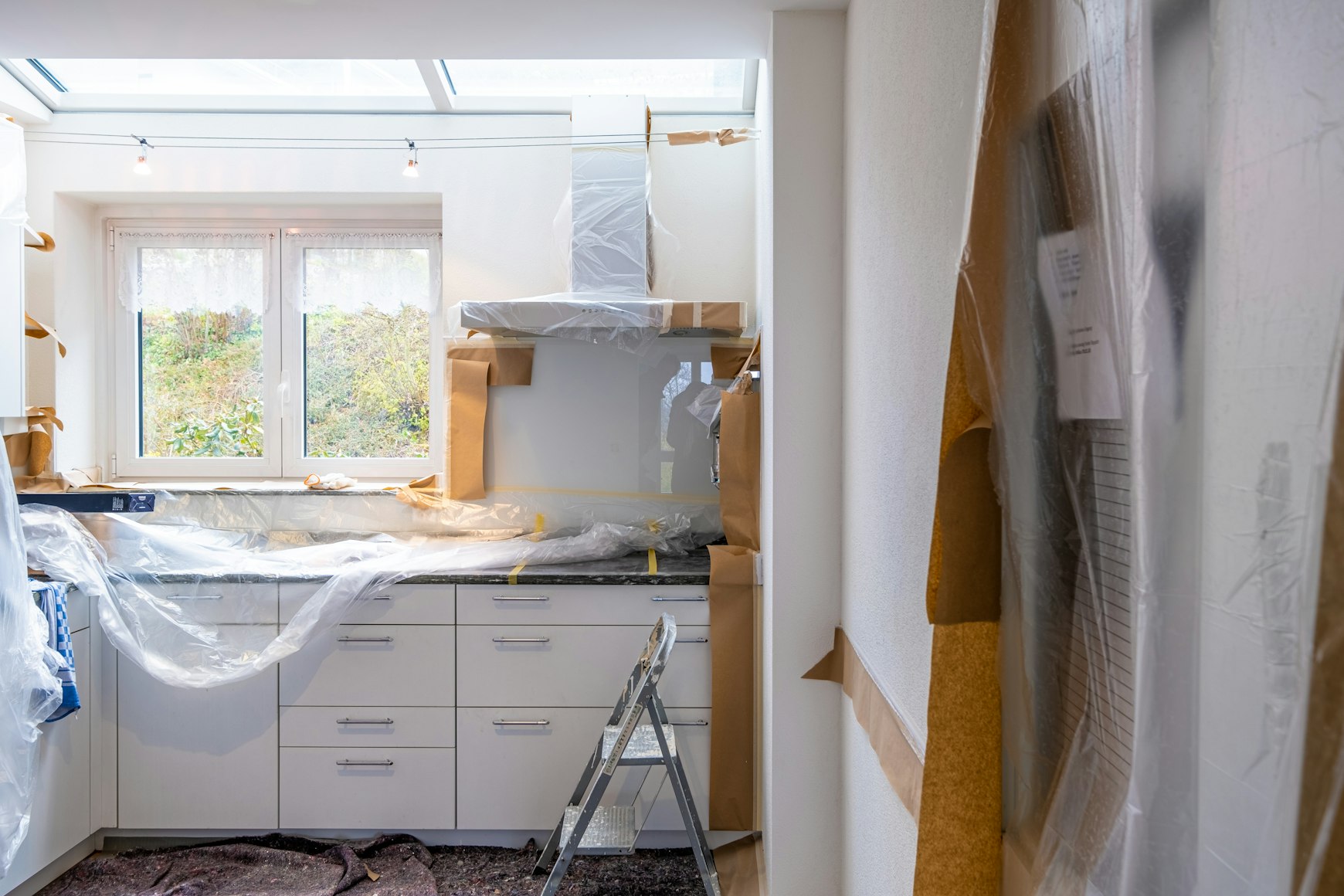
Overview of August 2025 Construction Spending
U.S. construction spending increased 0.2% in August to a seasonally adjusted annual rate of $2.1695 trillion. The rise was modest but steady, underscoring an uneven second-half rebound. Notably, the print topped expectations that looked for a small decline.
- Total spending: $2,169.5 billion SAAR in August.
- Month over month: +0.2% from July’s level.
- July was revised to a 0.2% gain.
- Several forecasters had expected a slight drop.
The August uptick follows prior fluctuations, but the month’s improvement was not broad-based. Instead, gains clustered in residential categories, while nonresidential softened. Consequently, the mix points to a market still finding balance.
Year-over-Year Comparison
On a year-over-year basis, August spending was 1.6% lower than in August 2024. This confirms a cooler backdrop versus last year’s pace. However, the decline remains relatively narrow in aggregate terms.
- Total outlays fell 1.6% year over year in August.
- The pullback follows stronger comparables from late 2024.
- The annual gap helps explain cautious momentum in some segments.
The monthly gain prevents a deeper slide, yet the year-over-year contraction keeps pressure on certain projects. Nevertheless, housing-led stability helped temper the headline decline.
Private Construction Trends
Private construction rose 0.3% in August, reaching a $1.6521 trillion annual rate. Within that, private residential advanced 0.8% to $914.8 billion, while private nonresidential decreased 0.3%. Therefore, housing carried the private-sector increase.
- Total private outlays: $1,652.1 billion SAAR (+0.3% m/m).
- Private residential: $914.8 billion SAAR (+0.8% m/m).
- Private nonresidential: −0.3% m/m.
The tilt toward residential suggests consumer-facing demand remained resilient. Even so, the decline in private nonresidential indicates caution among businesses, particularly on larger, longer-horizon projects. As a result, the private total moved higher, but with uneven drivers.
Public Construction Activity
Public construction was essentially unchanged in August at a $517.3 billion annual rate. Educational outlays rose 0.6%, while highway spending fell 0.2%. Additionally, federal outlays ticked down 0.8%, creating a small headwind.
- Public total: $517.3 billion SAAR (flat m/m).
- Educational facilities: +0.6% m/m to $112.6 billion.
- Highway and street: −0.2% m/m to $142.5 billion.
- Federal outlays: −0.8% m/m.
State and local projects continued, but category moves remained mixed. Meanwhile, a modest federal pullback kept the public aggregate from adding to August’s top-line growth.
Residential Sector Details
Within residential, the picture was split. Single-family construction spending fell 0.4% in August, while multifamily rose 0.2%. Consequently, residential’s net gain came despite softness in detached housing.
- Single-family: −0.4% m/m.
- Multifamily: +0.2% m/m.
The diverging trends reflect ongoing adjustments in housing composition. However, the overall residential increase suggests continued project pipelines, even as single-family finds a new equilibrium. Moreover, multifamily’s small gain helped offset single-family’s decline.
Nonresidential Sector Performance
Nonresidential construction spending declined 0.2% month over month in August and was 1.5% lower than a year earlier. Spending fell in 10 of 16 nonresidential subcategories, indicating broad-based pressure. Public nonresidential edged down 0.1% on the month, while private nonresidential posted a larger 0.3% decline.
- Total nonresidential: −0.2% m/m; −1.5% y/y.
- Declines in 10 of 16 nonresidential subcategories.
- Public nonresidential: −0.1% m/m.
- Private nonresidential: −0.3% m/m.
Nonresidential remains the weak link for now. Nevertheless, the stretch of modest monthly moves suggests stabilization could emerge as project backlogs and funding cycles normalize. Even so, recent declines across many subcategories argue for caution.
Delayed Data Release Due to Government Shutdown
The August construction spending report was published on November 17, 2025, at 10:00 a.m. Eastern, later than usual. The delay followed a record 43-day federal government shutdown that pushed back scheduled data releases. Initially due on October 1, the report arrived once normal operations resumed and calendars were updated.
- Data users contended with a multi-week gap in official series.
- Release calendars were adjusted across agencies after the funding lapse.
- Late reports may bunch near-term readings and revisions.
Agencies are working through backlog and sequencing. Therefore, expect September and October updates to settle the trend as more delayed releases post. For now, August shows a residential-led lift and a nonresidential drag.
August’s 0.2% increase is constructive but not decisive. As the data cadence normalizes, the balance between housing resilience and nonresidential softness will determine the trajectory into year-end.
Sources
- U.S. Census Bureau — Monthly Construction Spending, August 2025 (CB25-154)
- Reuters — US construction spending rebounds in August
- Calculated Risk — Construction Spending Increased 0.2% in August
- RTTNews — U.S. Construction Spending Unexpectedly Rises 0.2% In August
- Contractor Magazine — Nonresidential Construction Spending Falls in August

